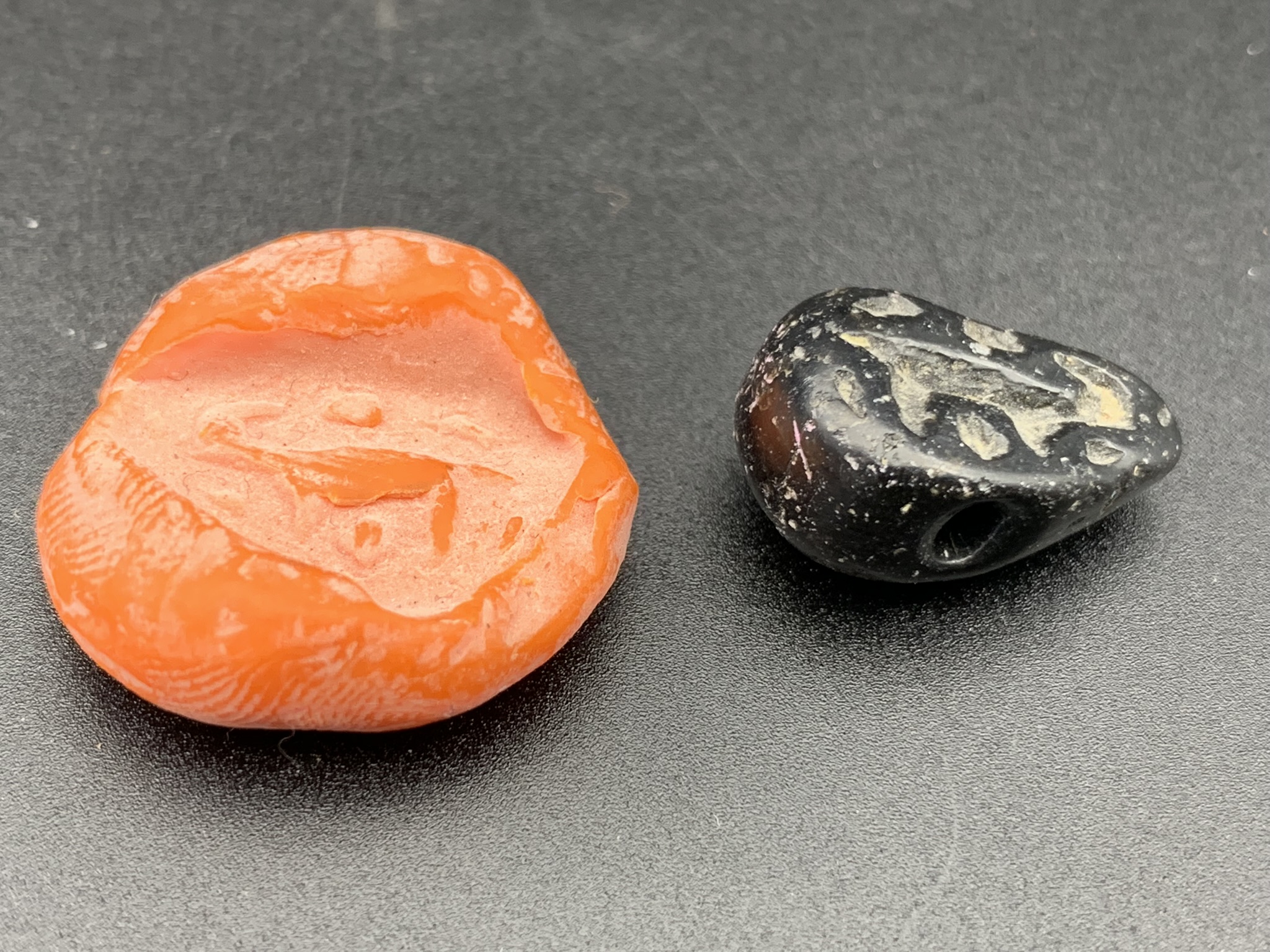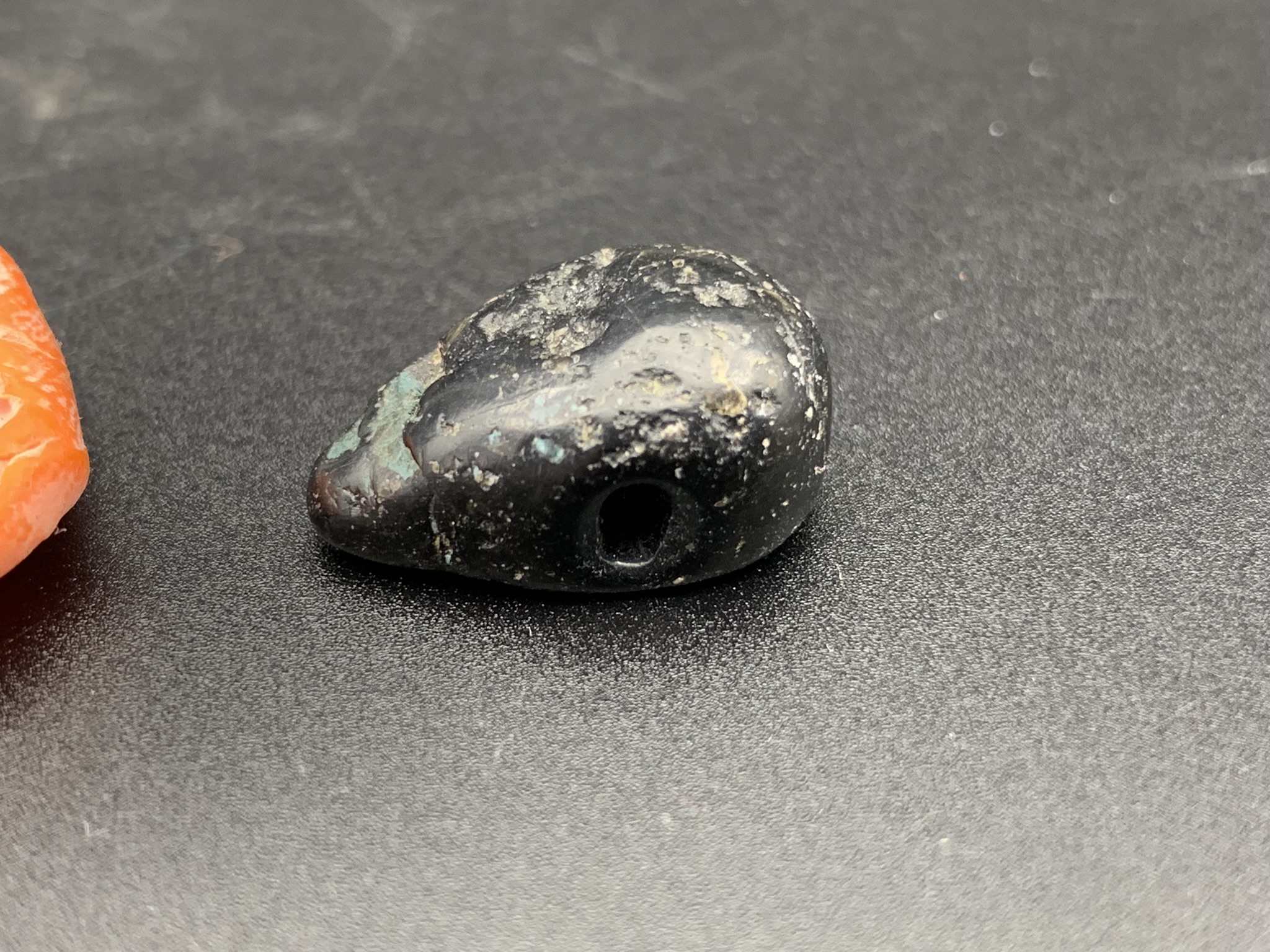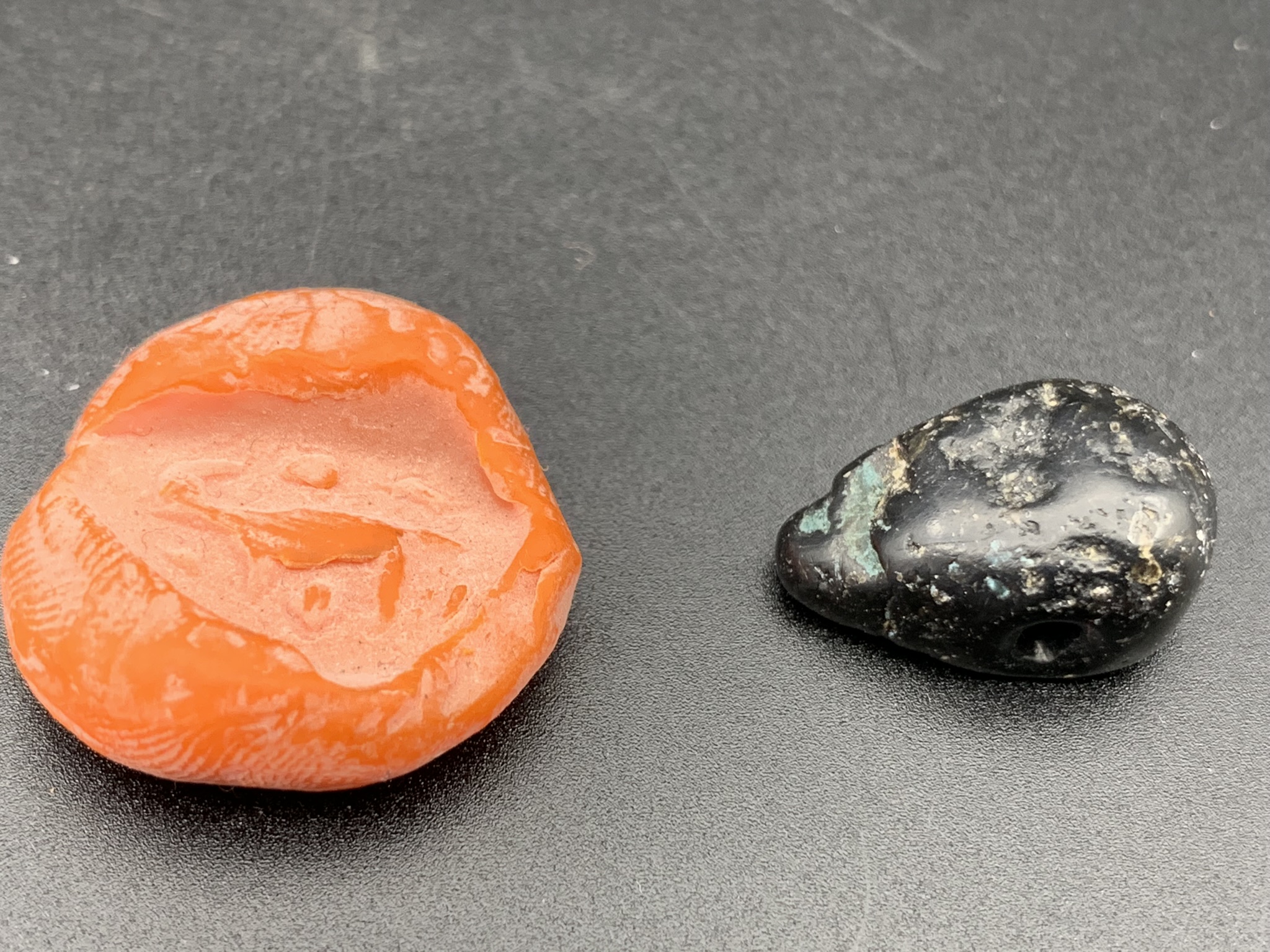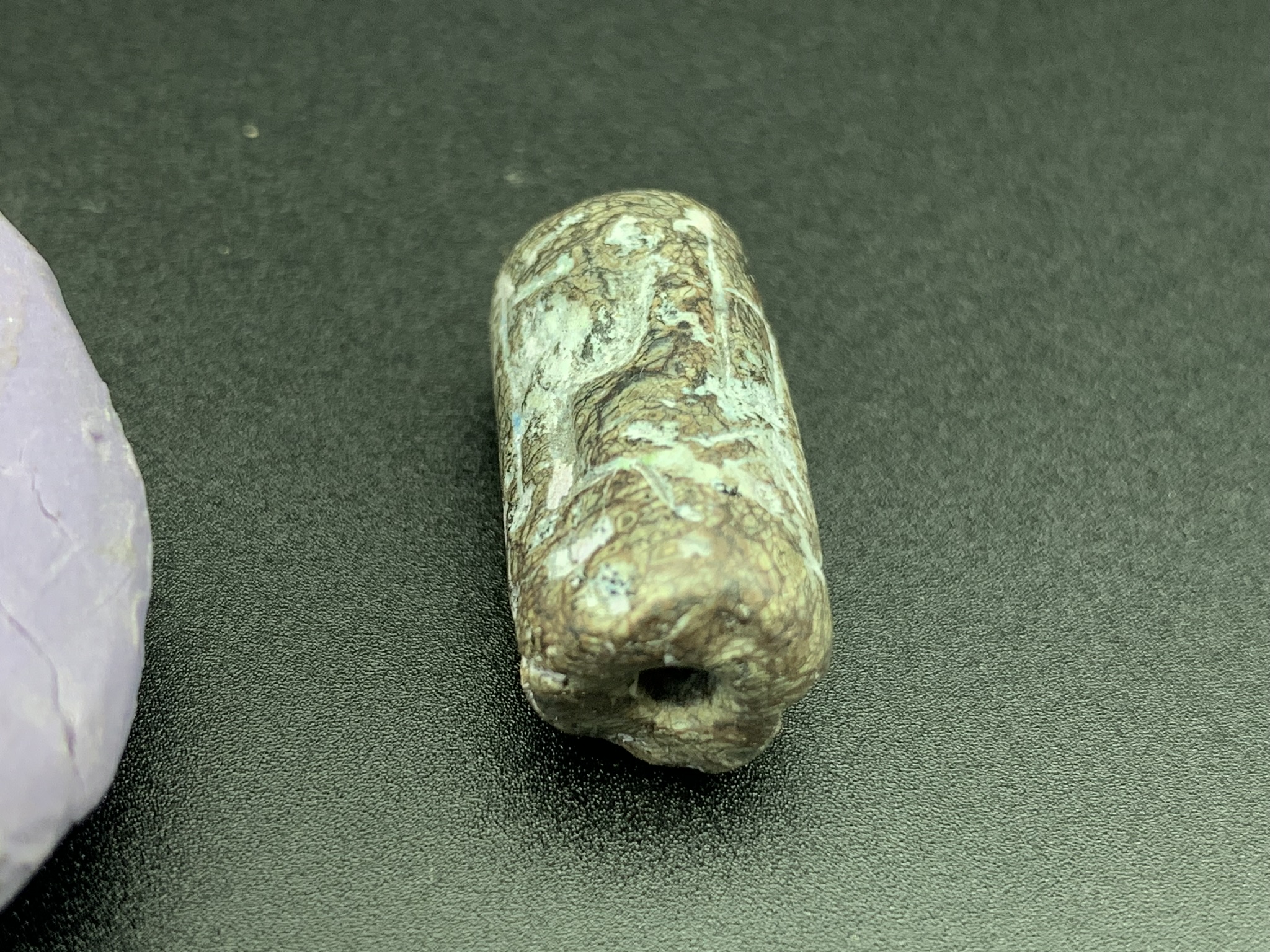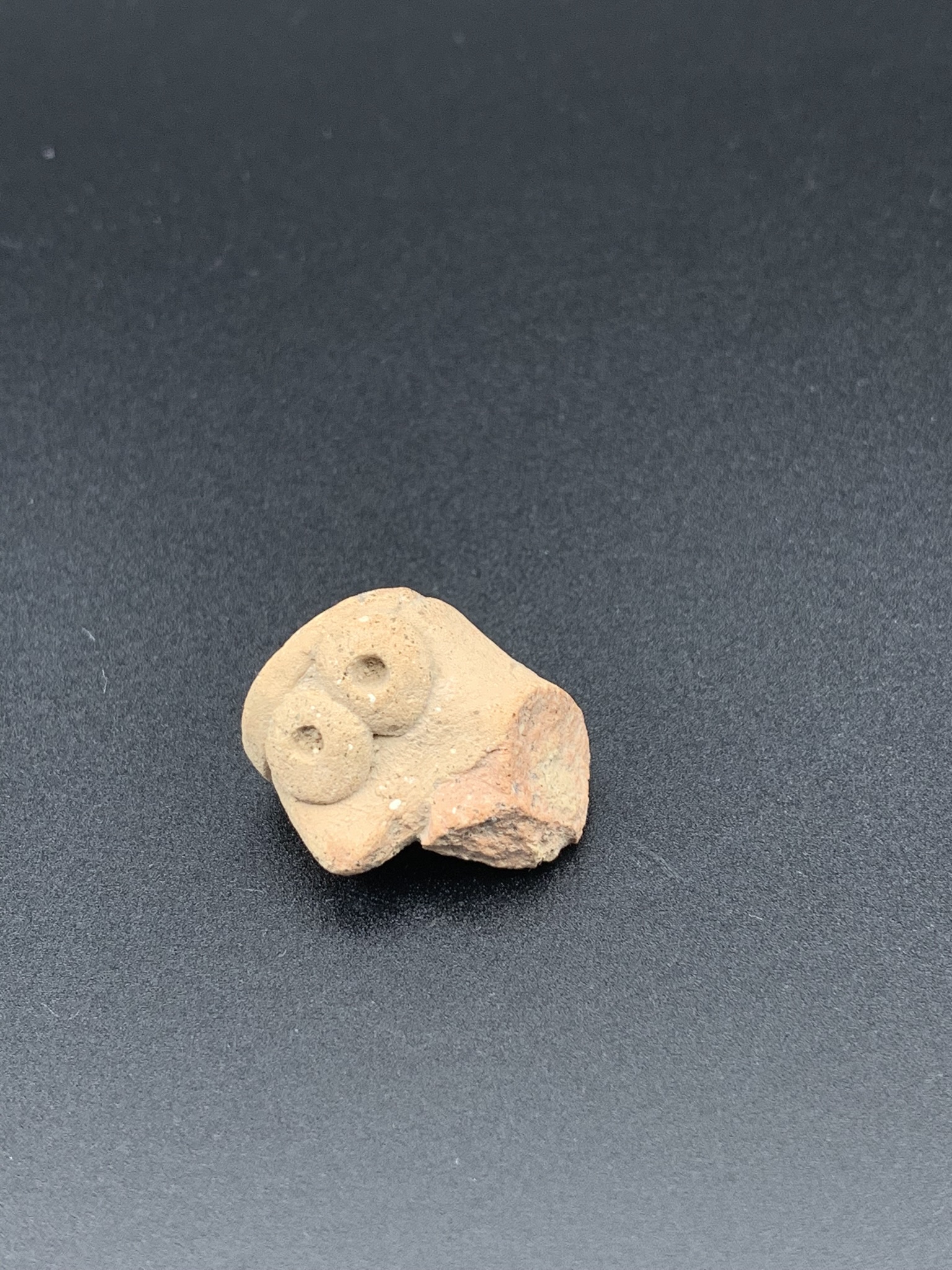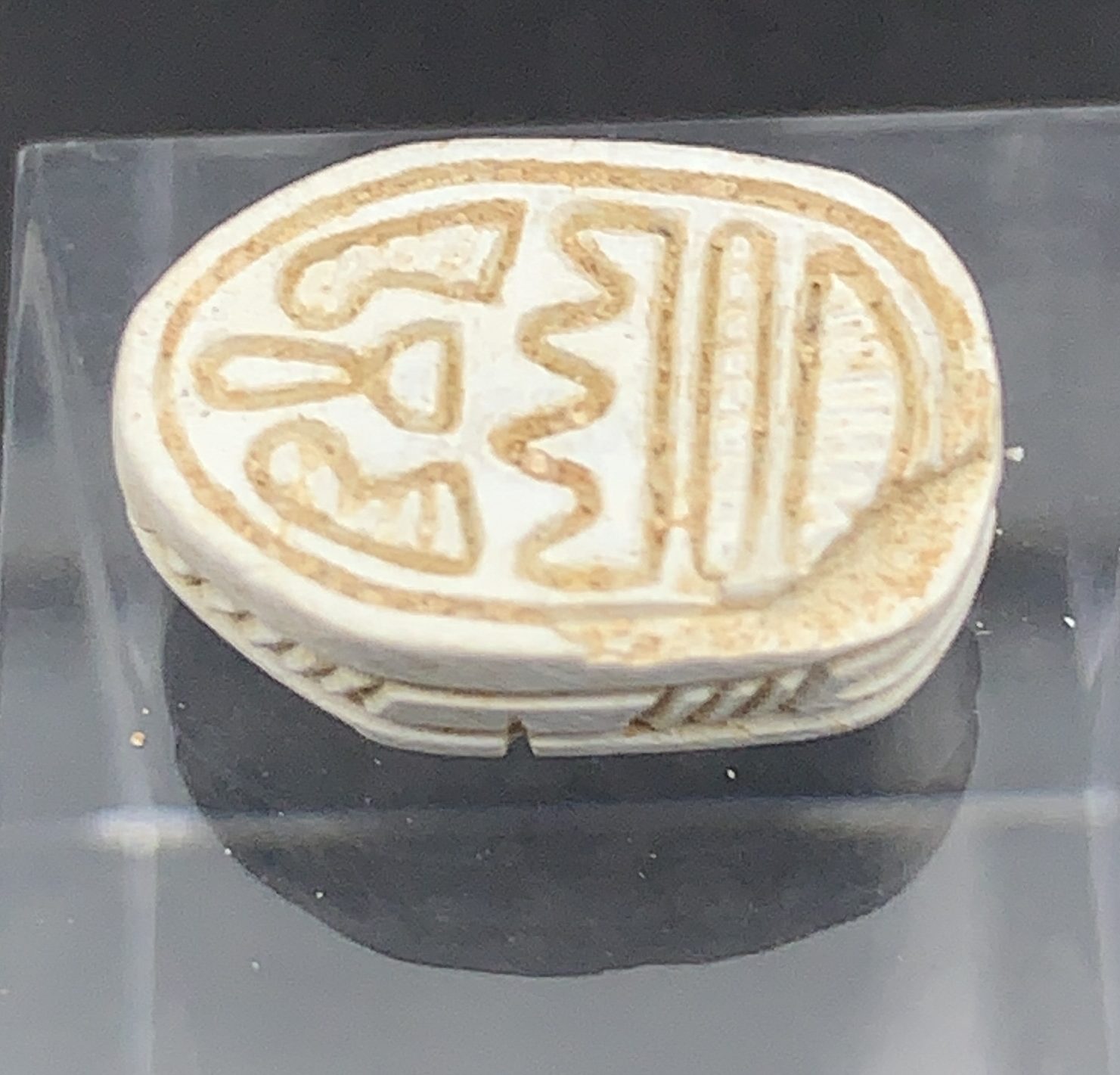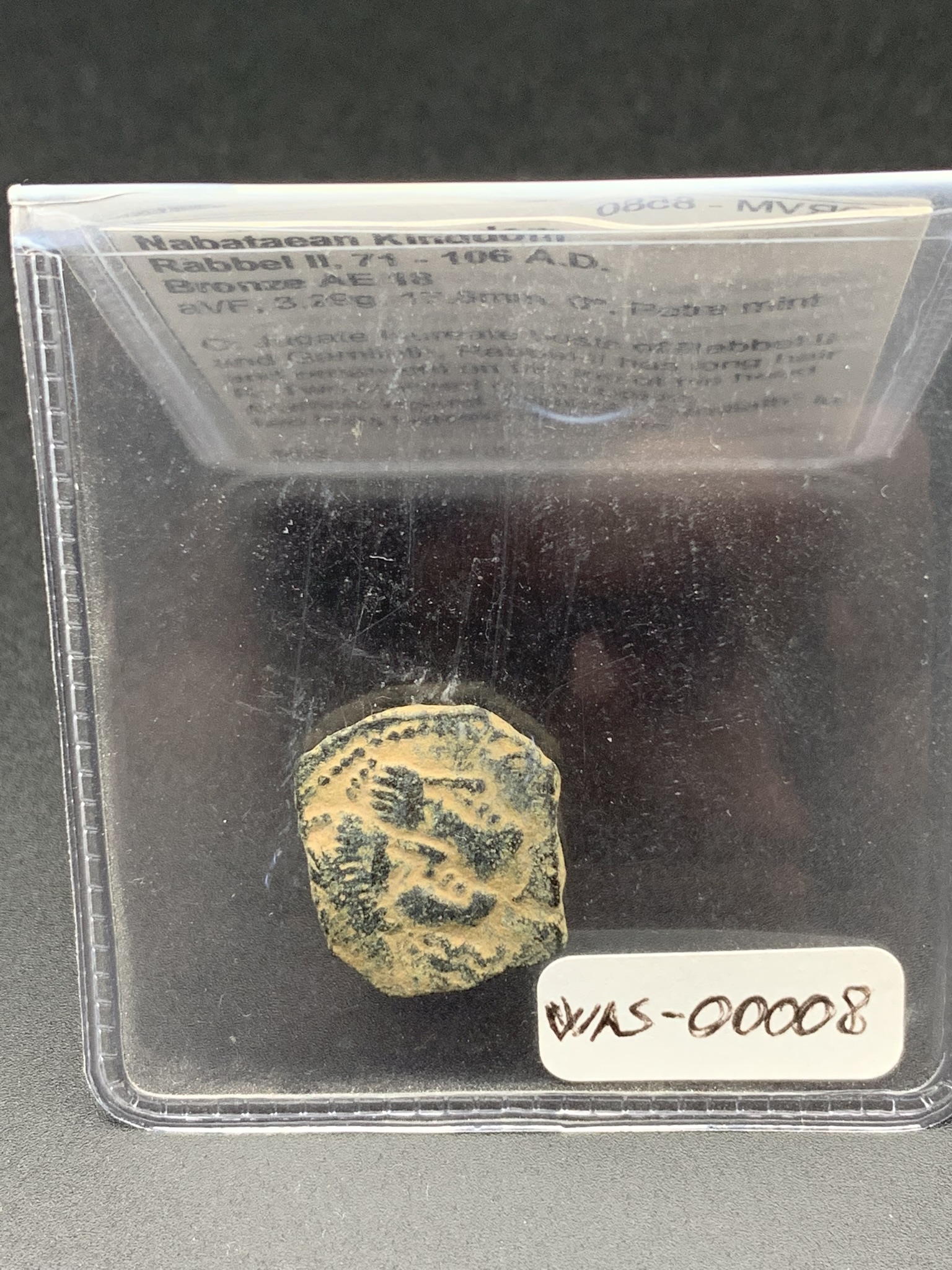Escarabat de pedra negra. 1.000-2.000 anys abans de Crist
€24,99
Escarabat de pedra negra. 1.000-2.000 anys abans de Crist
- Procedència: Àsia occidental
- Època: 1.000-2.000 anys a.c
- Tamany: 2 cm
- Material: Pedra negra
- Estat: Bon estat
- Comprat a: Ebay
- Venedor: The Time Machine Company
- Preu: 24,99 $
- Certificat d’autenticitat: Si
- Data: 09-feb-2014
Codi: WAS-00001
Escarabat de pedra negra. 1.000-2.000 anys abans de Crist
- Procedència: Àsia occidental
- Època: 1.000-2.000 anys a.c
- Tamany: 2 cm
- Material: Pedra negra
- Estat: Bon estat
- Comprat a: Ebay
- Venedor: The Time Machine Company
- Preu: 24,99 $
- Certificat d’autenticitat: Si
- Data: 09-feb-2014
Descripció detallada
Escarabat de pedra negra amb un animal quadrúpede. Próxim orient, 1er 2on mil·lenni a.c.
Més informació
Western Asia
Western Asia, West Asia, Southwestern Asia or Southwest Asia is the westernmost subregion of Asia. The concept is in limited use, as it significantly overlaps with the Middle East (or the Near East), the main difference usually being the exclusion of the majority of Egypt, which would be counted as part of North Africa (that is, Egypt without the Sinai Peninsula), and of European Turkey and the inclusion of the Caucasus. The term is sometimes used for the purposes of grouping countries in statistics, in which case Egypt might be excluded and Turkey included entirely. The total population of Western Asia is an estimated 300 million as of 2015. Although the term “Western Asia” is mostly used as a convenient division of contemporary sovereign states into a manageable number of world regions for statistical purposes, it is sometimes used instead of the more geopolitical term “Middle East”.
In an unrelated context, the term is also used in ancient history and archaeology to divide the Fertile Crescent into the “Asiatic” or “Western Asian” cultures as opposed to ancient Egypt. As a geographic concept, Western Asia includes the Levant, Mesopotamia, Anatolia, Iran, the Armenian Highlands, the South Caucasus, the Arabian peninsula as well as the Sinai Peninsula, making Egypt a transcontinental country.
The term is used pragmatically and has no “correct” or generally agreed-upon definition. The National Geographic Style Manual as well as Maddison’s The World Economy: Historical Statistics (2003) by the Organisation for Economic Co-operation and Development (OECD) only includes Bahrain, Iran, Iraq, Israel, Jordan, Kuwait, Lebanon, Oman, Qatar, Palestinian territories (called West Bank and Gaza in the latter), Saudi Arabia, Syria, Turkey, UAE, and Yemen as West Asian countries.[1][2] In contrast to this definition, the United Nations Industrial Development Organization (UNIDO) in its 2015 yearbook also includes Armenia and Azerbaijan, and excludes Israel (as Other) and Turkey (as Europe).[3] Unlike the UNIDO, the United Nations Statistics Division (UNSD) excludes Iran from Western Asia and includes Turkey, Georgia, and Cyprus in the region.[4] In the United Nation’s geopolitical Eastern European Group, Armenia and Georgia are included in Eastern Europe, whereas Cyprus and East Thracian Turkey are in Southern Europe. These three nations are listed in the European category of the United Nations Educational, Scientific, and Cultural Organisation (UNESCO).
National members of West Asian sports governing bodies are limited to Bahrain, Iran, Iraq, Jordan, Kuwait, Lebanon, Syria, Oman, Palestine, Qatar, Saudi Arabia, United Arab Emirates, and Yemen.[5][6][7] The Olympic Council of Asia’s multi-sport event West Asian Games are contested by athletes representing these thirteen countries. Among the region’s sports organisations are the West Asia Basketball Association, West Asian Billiards and Snooker Federation, West Asian Football Federation, and the West Asian Tennis Federation.


